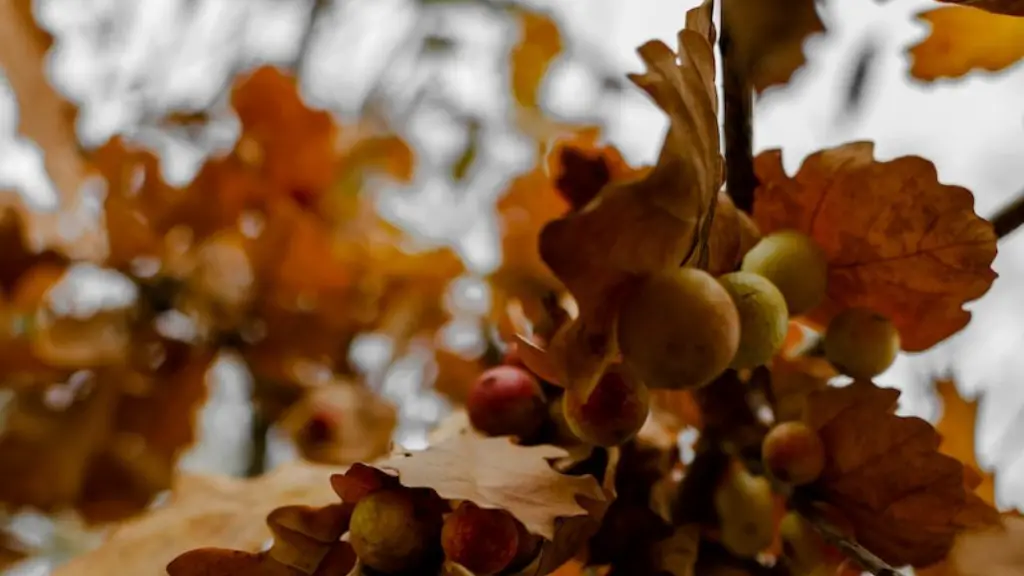Clean the Area Of Stump
The first step to removing a palm tree stump is to properly clean the area where the stump is located. You’ll want to remove all debris, roots, and other matter left behind when the tree was removed. This will help make stump removal easier and faster. Wear gloves, protective clothing, and safety glasses when handling the debris. Use a shovel, rake, or other garden tools to move the debris to a nearby trash can or dumpster.
Dig Out the Stump
The next step to removing a palm tree stump is to dig it out. Start by using a spade or shovel to dig around the stump. Look for any large roots or other obstructions that may be preventing the stump from coming out easily. Dig carefully and cautiously, making sure not to disturb the surrounding roots or any nearby shrubbery. Over the course of the digging process, use a root saw to cut any larger roots that are getting in the way.
Grind the Stump
Once the stump is out, you’ll need to grind it down to make it easier to remove. There are a few different methods you can use to grind down the stump. The first is to rent a stump grinder, which is essentially a large, electric grinding machine. These machines can be expensive to rent, but they are usually the best solution for larger stumps. Alternatively, you can purchase a smaller, hand-held grinder to take care of smaller stumps.
Remove the Remaining Pieces
After grinding down the stump, you’ll need to remove the remaining pieces. Depending on how much grinding you did, you may need to manually remove the remaining pieces. Use a shovel and root saw to dig out remaining roots, and any other pieces that may be above the ground.
Remove the Residue
Now that the stump is completely out, there may be some residue left behind. This includes any sawdust created from the stump grinding, as well as any debris or dirt that may have been removed in the process. You’ll want to use a shovel and broom to remove any remaining sawdust and debris. Be sure to also remove any leftover root pieces that are still in the ground.
Fill in the Hole
Finally, you will need to fill in the hole left behind. This can be done with soil, compost, or any other material of your choosing. Fill in the hole until it is even with the surrounding area, and then add a layer of mulch or compost to help the area recover.
Repopulate the Area
Now that the stump has been removed, you can repopulate the area with your preferred plants. Choose plants that are native to the area and that will thrive in the soil type. You can also add fertilizer or compost to the soil to help the new plants take root and grow.
What Are the Benefits of Stump Removal?
Stump removal is a beneficial process for many reasons. Not only does it make the area look cleaner and more aesthetically pleasing, but it also helps keep the area safe and prevents diseases from spreading to nearby plants. Additionally, without a stump, the area is better suited to receive new growth.
How Long Does Stump Removal Take?
The amount of time it takes to remove a stump will depend on the size of the stump in question, as well as the methods used to remove it. In general, grinding and digging out the stump will likely take several hours, while smaller stumps can be removed more quickly.
What Are the Costs Associated With Stump Removal?
The cost of stump removal will vary depending on the size and location of the stump, as well as the methods used to remove it. In general, however, stump removal typically costs anywhere from a few hundred dollars for a small stump to several thousand dollars for a large one.
Are There Less Expensive Alternatives To Stump Removal?
If the cost of stump removal is too expensive, there are some less expensive alternatives. You can try to dig up the stump yourself, or use a chemical stump removal treatment to break down the stump over time. Both of these methods are typically much less expensive than professional stump removal.
What Are Common Stump Removal Mistakes?
One of the most common mistakes when it comes to stump removal is not properly cleaning the area around the stump before attempting to remove it. Not removing any debris, roots, or other matter around the stump will make the process more difficult and time consuming. Additionally, not checking for any underground obstructions can cause damage to the surrounding roots and plants.
What Are The Safety Precautions For Stump Removal?
Stump removal can be a dangerous process, as it involves handling power tools and potentially hazardous materials. Before attempting stump removal, make sure to wear protective clothing and safety gear, such as gloves, safety glasses, and a dust mask. Additionally, you should always work with a partner and inform them of the process you plan to use for removal.

